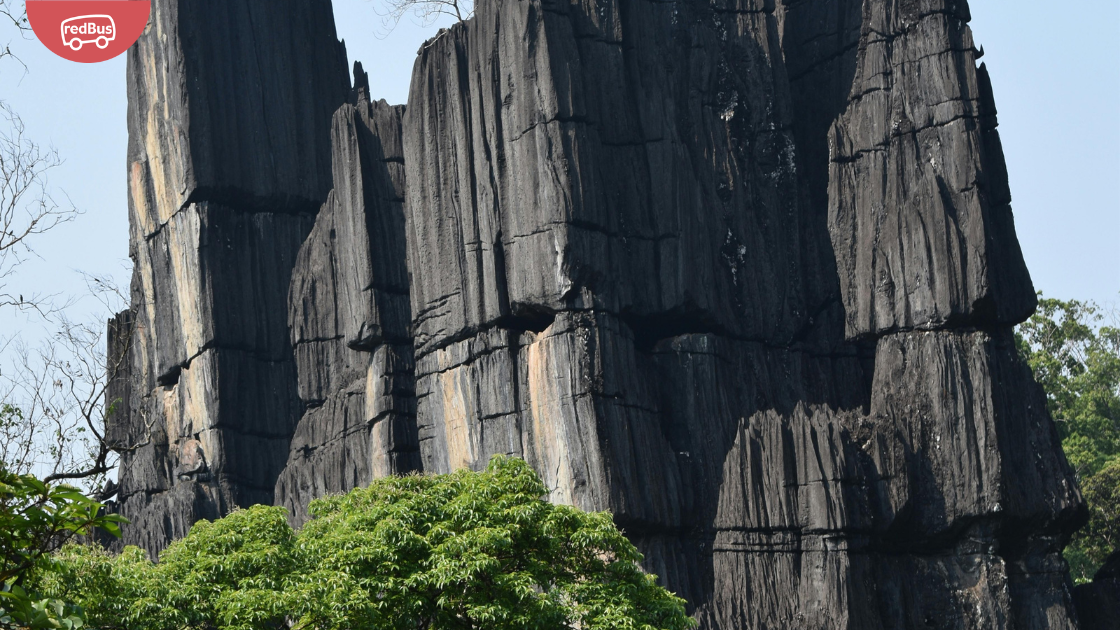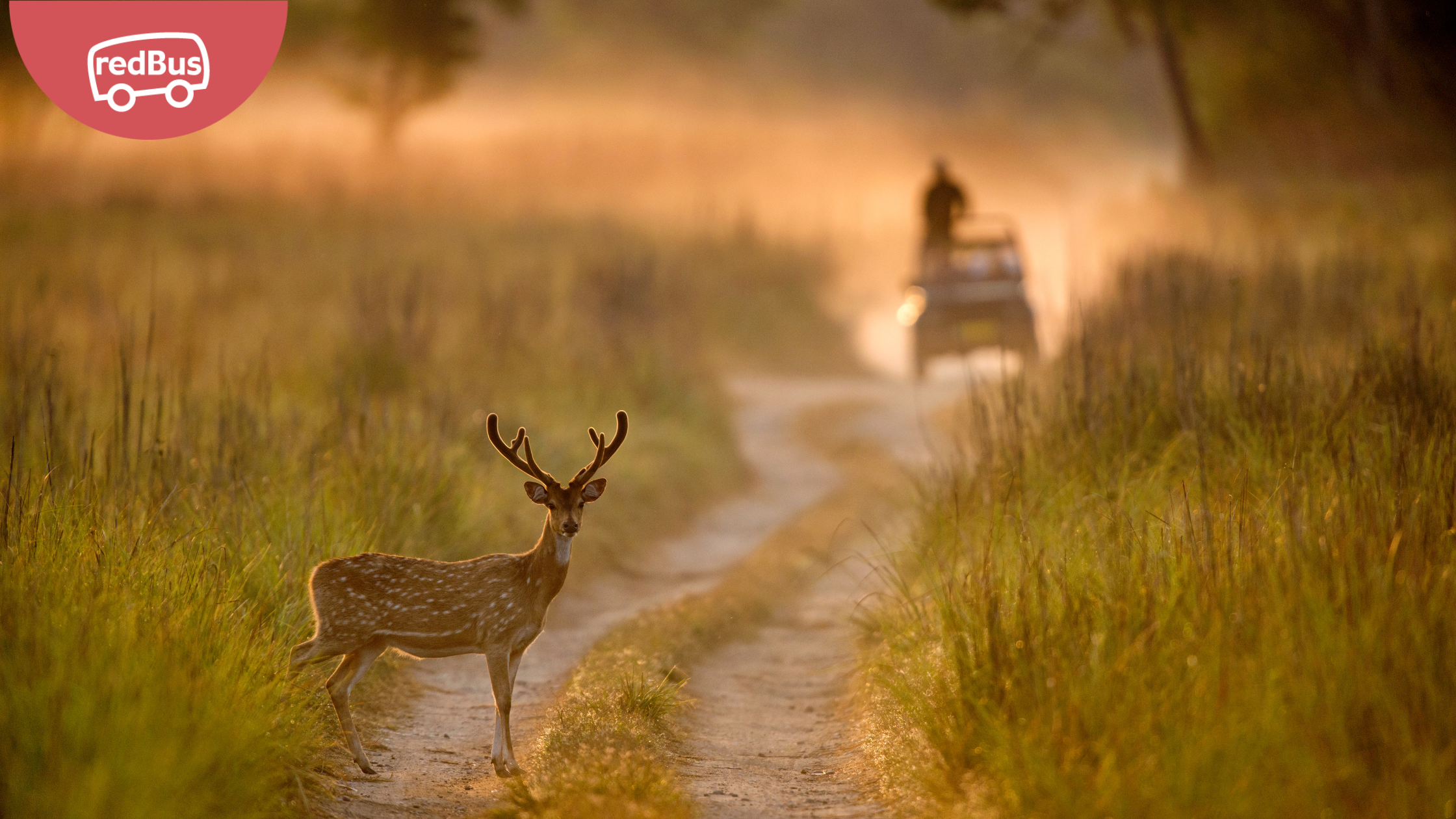Nestled in the picturesque mountains of Himachal Pradesh, India, lies an enchanting and serene Buddhist monastery that attracts visitors from all over the world. This beautiful monastery is a testament to the rich cultural heritage and spiritual traditions of Buddhism. The monastery is situated amidst breathtaking natural surroundings, offering visitors a tranquil and peaceful retreat from the hustle and bustle of daily life.
The Buddhist monastery in Himachal Pradesh is not only a place of worship but also a center for learning and meditation. It is a place where visitors can immerse themselves in the teachings of Buddha and explore the principles of mindfulness, compassion, and self-awareness. The monastery is home to a community of monks and nuns who dedicate their lives to the practice of Buddhism and serve as spiritual guides for those who seek their wisdom.
Himachal Pradesh has a lengthy history of recorded Buddhist practice. Buddhism has gradually spread over the area throughout its history. In the third century BC, the renowned Mauryan Emperor Ashoka brought Buddhism to Himachal Pradesh. Long before the 14th Dalai Lama arrived in Himachal Pradesh in 1959, the hills and valleys of that state had historical ties to Buddhism.
The most elegant, respectful, and historic buddhist monasteries that are fascinating located in Himachal Pradesh are the following—
1. Guru Ghantal Monastery
A well-known religious destination, Guru Ghantal Monastery, also called the Gandhola Monastery, is about 8 kms from Keylong. It is an 800-year-old Buddhist monastery. This monastery contains a variety of wooden idols, which is remarkable as the other monasteries of the state consist of clay-based icons. In the innermost chamber of the gompa, there is also a black stone statue of Goddess Kali, and many believe that the monastery was previously a Hindu temple.
2. Kardang Monastery
In the Lahaul and Spiti Valley, the Kardang Monastery of the Drukpa Lineage is a well-known gompa. This 900-year-old monastery was constructed on the Bhaga River’s left bank and is situated in the foothills of Rangcha Peak. The most outstanding aspect of the monastery is the enormous golden Buddha statue, the quiet library, and the historic murals. There is a wide collection of texts by Tengyur and Kangyur, along with old weapons from the 12th and 13th centuries.
3. Shashur Monastery
Shashur Monastery is situated in the town of Keylong in the Lahaul and Spiti districts. It is a Buddhist monastery of the Drugpa sect about 137 kms from Manali. It was built in the 17th century. Both domestic and international travellers laud the Shashur Monastery’s exquisite architecture. The three-story building follows the mandala design and is perched atop a hill. After arriving in Keylong, many travellers walk by foot to this monastery. From Manali to Keylong, buses operate regularly.
4. Rewalsar Monastery
Rewalsar Monastery was founded by the Buddhist Guru Padmasambhava, who had travelled to Tibet from Rewalsar in the eighth century. The holy lake, Tso Pema or Tri Sangam, is surrounded by the town of Rewalsar. Given its proximity to water, tall hills, and forested areas, Rewalswar is regarded as the most popular Buddhist pilgrimage place in the entire world. It takes 24 kilometres to drive from Mandi town to Rewalsar.
5. Kye Monastery
One of the most well-liked sights in Spiti Valley is the majestic Key Monastery, also called Kye Gompa. This monastery is about 12 kms from Kaza town. It is one of the greatest monasteries in India’s Lahaul and Spiti areas. That is 1000 years old and was founded in 1100 CE. There was no set construction plan for this monastery because it served as both a fort and a monastery. Long corridors and a fortified monastery are examples of Pasada-style architecture. Kyelong can also be reached through the Rohtang Pass. Lamas hone their dancing, singing, and horn and pipe playing.
6. Tabo Monastery
The Tabo Monastery is also called the “Ajanta of the Himalayas” since it resembles the Ajanta Caves in Maharashtra in terms of its wall decorations, which include intriguing murals and prehistoric paintings. More than a millennium ago, in 996 A.D., it was established. Many thanks; murals and statues can be found in the monastery. The Himalayan region’s culture and history are essentially depicted in paintings. The Tabo monastery was founded to uphold and safeguard the tradition of Buddhism, and as a result, it has developed into a cutting-edge centre for Buddhist education.
7. Nako Monastery
Built-in the eleventh century, the Nako Monastery is tucked away in Nako town. Rinchen Zangpo laid the foundation for the Nako monastery. The Nako Monastery is built around a small lake and is located at the height of 3662 metres above sea level. Travellers must have an inner line permit to enter Nako, situated near the Tibetan Border. Amongst the four halls of the Nako monastery, Dukhong is the oldest. The entire mandala decoration is painted on the Dukhong’s walls, and it is also painted on the ceiling and walls of the smaller hall on the eastern side.
8. Kungri Gompa
The Kungri Gompa is situated in Himachal Pradesh’s Pin Valley, 12 kilometres from Spiti. It is the second-oldest gompa in the Lahaul and Spiti region and is a masterpiece from the 14th century. The Kungri Monastery’s interior walls are decorated with stunning silk murals of Buddhist deities. Three separate, rectangular buildings make up the gompa, which faces east. Large international donations for renovations to Kungri were recently received. The bushes of Mud village, on the right bank of the Pin River, are renowned for their sword dance.
9. Tayul Gompa
The largest statue of Padma Sambhava is located in Tayul Monastery in Spiti’s Bhaga Valley. His two appearances, Singhmukha and Vajravarahi, are depicted in the sculpture, which is 12 feet tall. In the Tayul monastery’s library, there is a sizable collection of the “Kangyur,” or 101 Buddhist scriptures. The library also features “Thangkas,” paintings depicting Buddha’s life. Tourists are very intrigued by the hundred million Mani Wheel. Legend has it that on exceptional occasions, the Mani Wheel turn on by itself.
10. Tashigang Gompa
Buddhists consider Tashigang Gompa a holy place. It is located close to Nako Monastery in the Lahaul and Spiti Valley. There are two Gompas at this monastery. The wall paintings and decorations of the new Gompa are exquisite and well-maintained. But it only opens on special days. There are Tibetan drums, perfect frescoes, compositions, photos, literature, Buddhist statues, and idols that draw tourists’ attention. A Shakyamuni Buddha idol is also kept for visitors in the lowest part of this Gompa.
Before Tibetan Buddhism was introduced to this area, Indian Mahayana Buddhism flourished there from the time of the Kushanas, as attested by both widespread folklore and substantial archaeological
evidence. Architectural wonders and spirituality can both be found in these Buddhist temples. These locations are ideal for anyone seeking peace while visiting Himachal’s breathtaking tourist attractions.
Conclusion
In conclusion, the enchanting state of Himachal Pradesh offers a treasure trove of famous Buddhist pilgrimages, each with its unique spiritual and historical significance. Embarking on a journey through these sacred sites becomes a seamless and comfortable experience with the HRTC bus network at your service. With HRTC bus booking online, you can conveniently plan your spiritual adventure and explore the mesmerizing Buddhist temples and monasteries nestled amidst the pristine landscape. HRTC buses ensure a memorable and hassle-free experience, allowing you to immerse yourself in the serenity and wisdom of these revered Buddhist sanctuaries.











